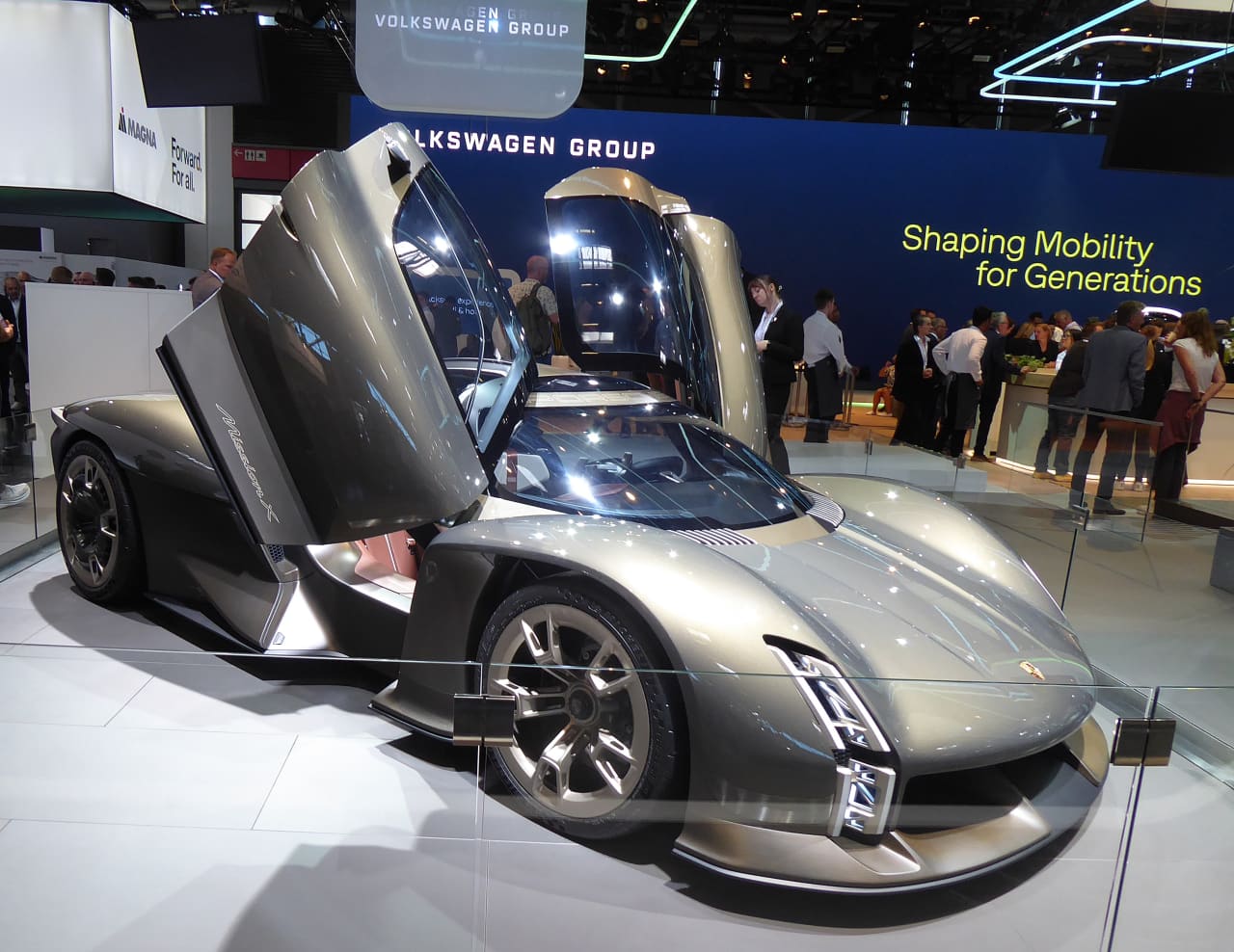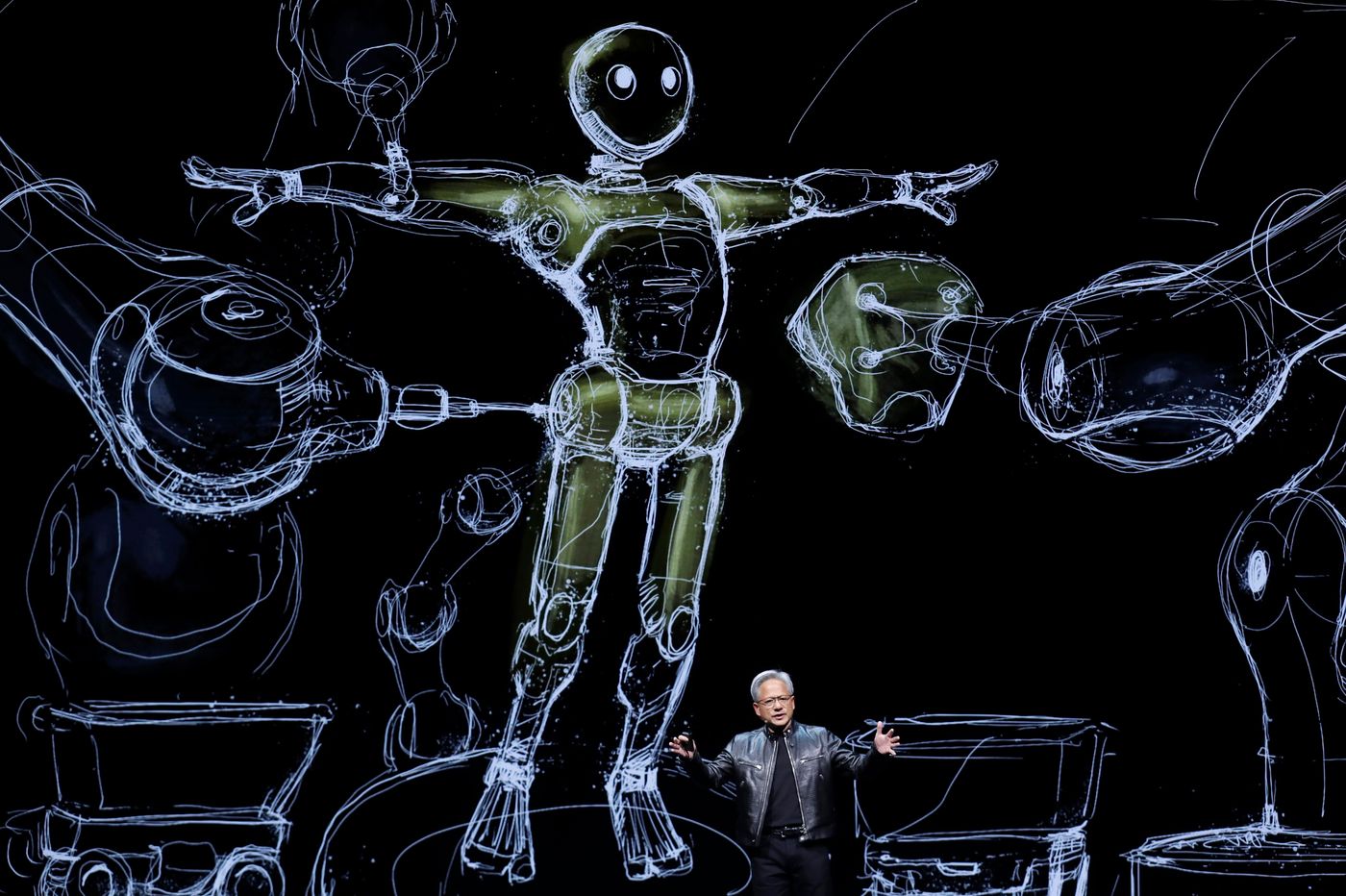From Tesla to Porsche, New EVs Revealed at Germany’s International Motor Show
Roped off on the Volkswagen Group stand at the IAA Mobility auto show in Germany was perhaps the sexiest car present, the Porsche Mission X concept. The supercar is aimed at being the fastest road-legal vehicle at the Nürburgring race track’s Nordschleife loop. The inspiration, on Porsche’s 75th anniversary, was the legendary 1985 959, the fastest series-production car of its time, capable of traveling 196 miles per hour. A more modern ancestor was the 918 Spyder of 2013.
Of late, Porsche, Rimac, and Tesla have been battling back and forth over the electric record at the German track. Rimac took the title Aug. 18 via its Nevera, but the Tesla Model S Plaid Edition with Track Pack has also been a contender, beating Porsche’s Taycan Turbo S.
Despite its racing mission, the Mission X will be a production car and appears totally ready for road work, with a luxurious leather-clad interior. The steering wheel looks like a video game controller, though, and the passenger-side stopwatch is for timing events—with both an analog and digital display. The road version seems likely to become a limited-edition special edition, and if so it should sell out quickly—even at what is likely to be a pretty high price.
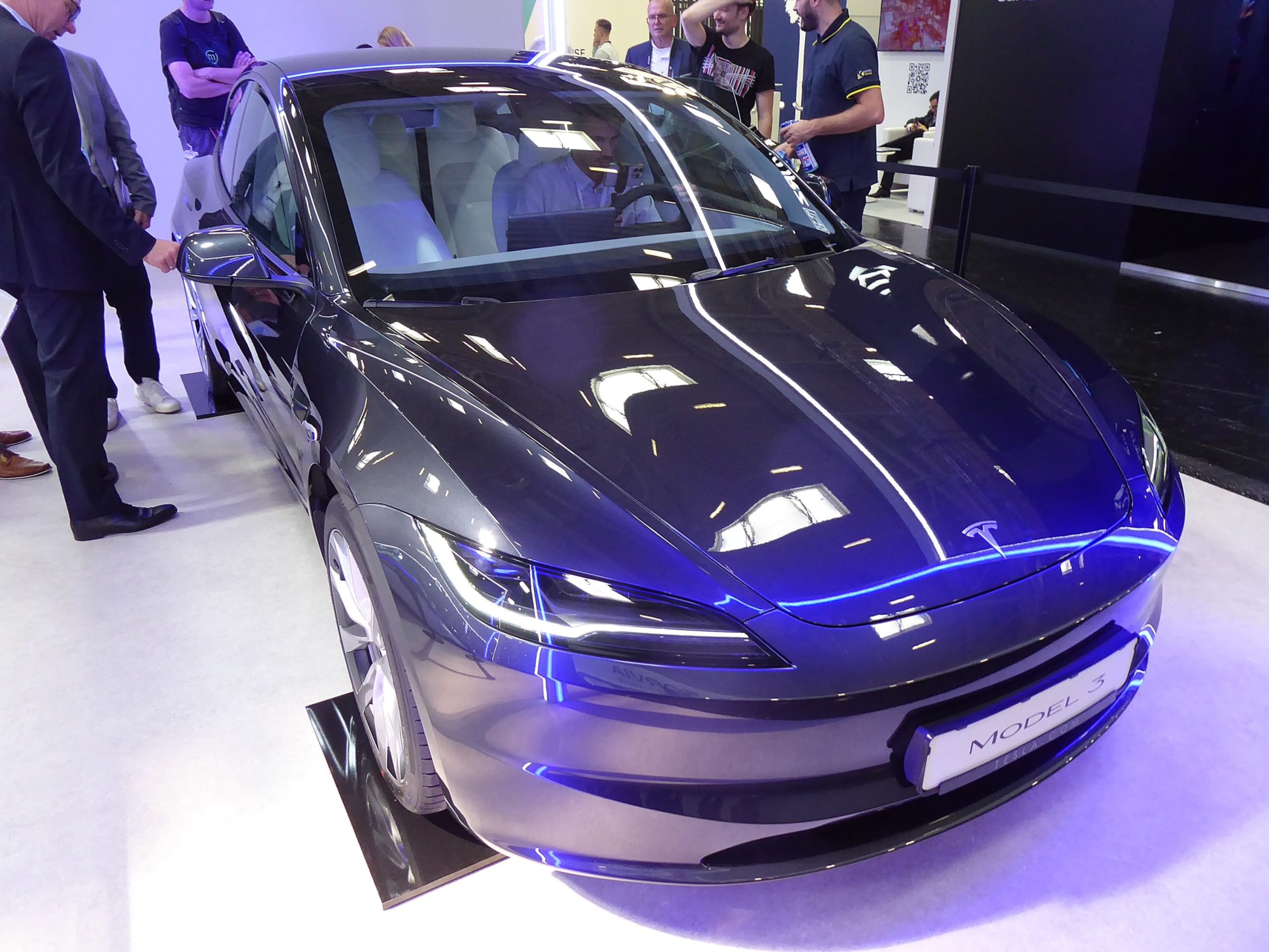
Jim Motavalli
Over at the Tesla booth was the revamped Model 3, which now has a much kinder and more aerodynamic built-to-be-electric nose. It no longer appears to be missing its grille.
Other Model 3 improvements in 2023 include new head and tail lamps, new wheels, fresh aluminium, and textile trim on the interior, customisable ambient lighting and ventilated seats, a quieter cabin thanks to sound-deadening materials and acoustic glass, dual wireless phone charging, available 17-speaker audio and, a somewhat dubious achievement, delete of the turn-signal stalk. Instead, in the name of decluttering the interior, there are a pair of touch-sensitive buttons on the steering wheel. Unfortunately, the wheel turns around so the buttons are not always in the same place. It seems confusing and unnecessary.
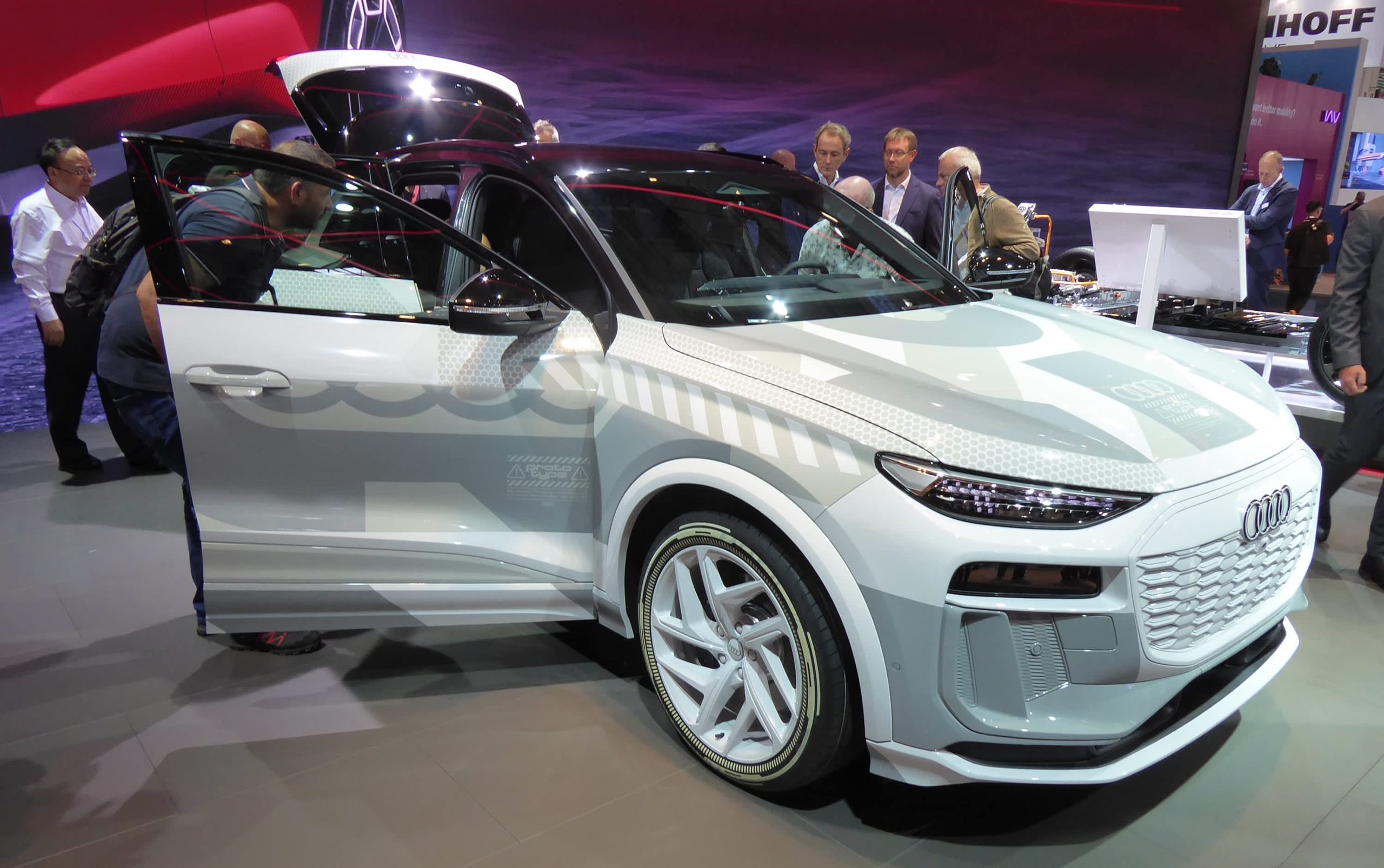
Jim Motavalli
BMW’s most striking exhibit was the Vision Neue Klasse sedan, reviving a name the company used to introduce its winning line of cars in the 1960s. The car sits on a new EV platform that will support six or seven Neue Klasse models between 2025 and 2027. Combining that platform with the sixth-generation BMW eDrive powertrain and more efficient batteries is said to yield a 30% range and 25% efficiency gain over previous models. The concept shown is striking and uncluttered, managing to be futuristic and slightly retro at the same time. The cabin on view was very airy, with large windows and a panoramic sunroof, an interior-dominating central screen, and seats with avocado inserts.
From Audi came the 2025 Q6 e-tron, which is slotted between the Q4 and Q8, and has been tested in 373 and 479 horsepower variants.
Volkswagen itself showcased another electric, the ID. GTI “hot hatch” concept based on the ID.2 (an entry-level EV we didn’t get in the U.S.) The GTI model has always been welcomed by American buyers, so this one could be too. The European price when it goes on sale in 2026 will be approximately US$32,000. VW also displayed the ID.7, a larger EV sedan aimed at executives with a 77-kilowatt-hour battery and a US$67,000 price as shown.

Chinese brands haven’t penetrated the American market yet, but they were out in force in Munich. BYD, the best0selling brand in China, has a large dealer network in Germany already, and showed off its marine mammal-themed Dolphin and Seal models. The Seal is an electric sedan, and its new Seal U variant is a small SUV that uses its technology. The Seal U will have both 71- and 87-kilowatt-hour battery options, and 218 horsepower. That’s not hugely impressive, but the affordable price ($48,000 in Europe) will be a convincer for many buyers. Both Seals had impressive fit and finish, auguring that—if the road performance matches the appearance—BYD is probably ready for U.S. competition.
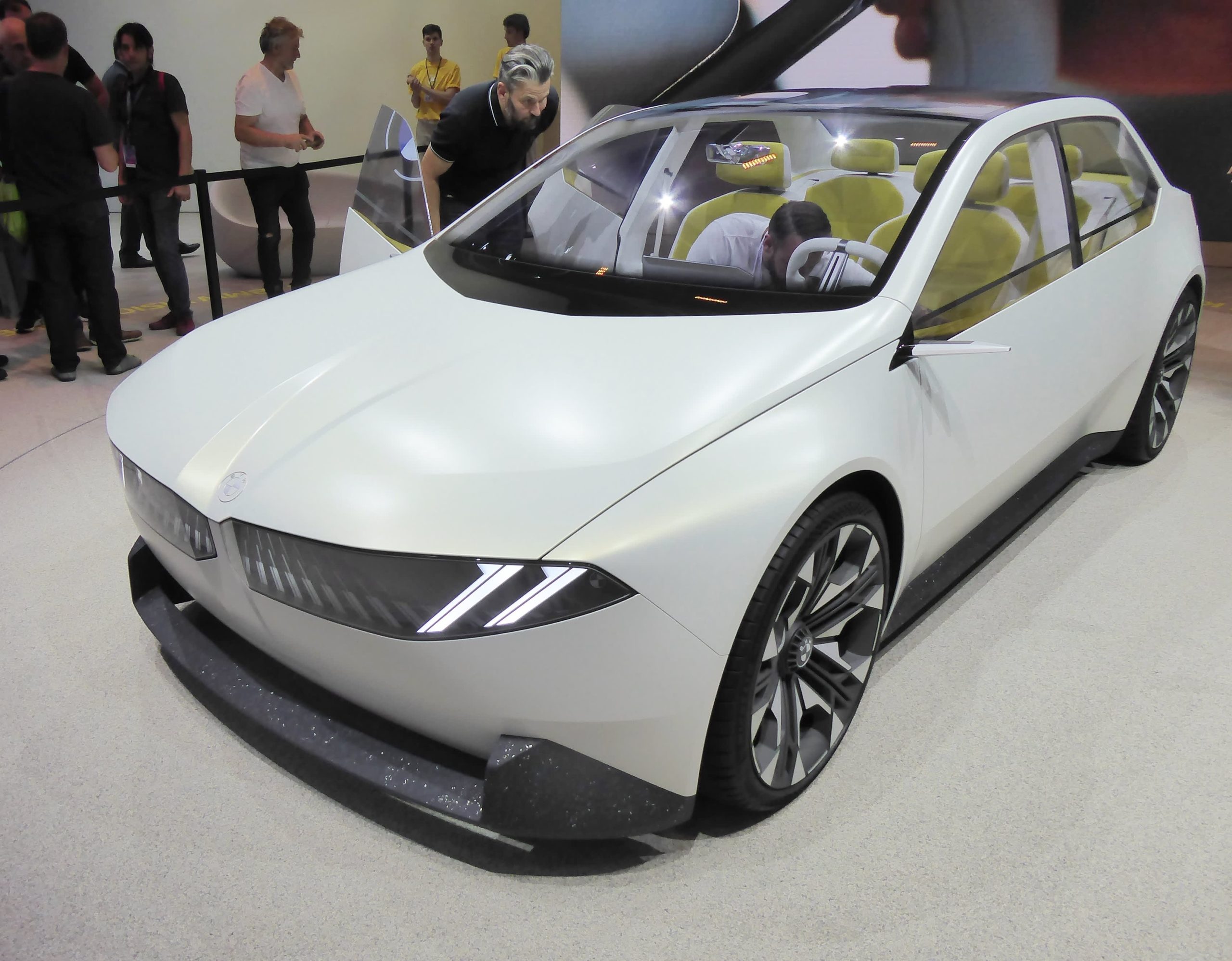
Jim Motavalli
The venerable British sports car brand MG (an abbreviation of “Morris Garages”) is now Chinese-owned, like Volvo and Polestar. MG has been selling gas, hybrid, and electric SUVs in Europe (16 countries), but at Munich it showed the new Cyberster, a pretty two-seat roadster concept with an electric powertrain. It resembles a beefier Miata more than it does a classic MGB, but it’s definitely attractive. U.S. sales of what was once a popular brand could happen in five to eight years.
Many suppliers were at the show hoping to catch the attention of major automakers. Rimac, which makes its Nevera supercar in tiny numbers, had a stand offering its cutting-edge electric components to other manufacturers. Michigan-based Gentech, a leading maker of the world’s rear-view mirrors, was there showing how technology—from cameras to driver monitoring systems and back-seat kid detection—can be embedded in what was once a simple device. Gentech announced a stake in Israel’s Adasky, which makes tiny thermal cameras that fit just about anywhere.
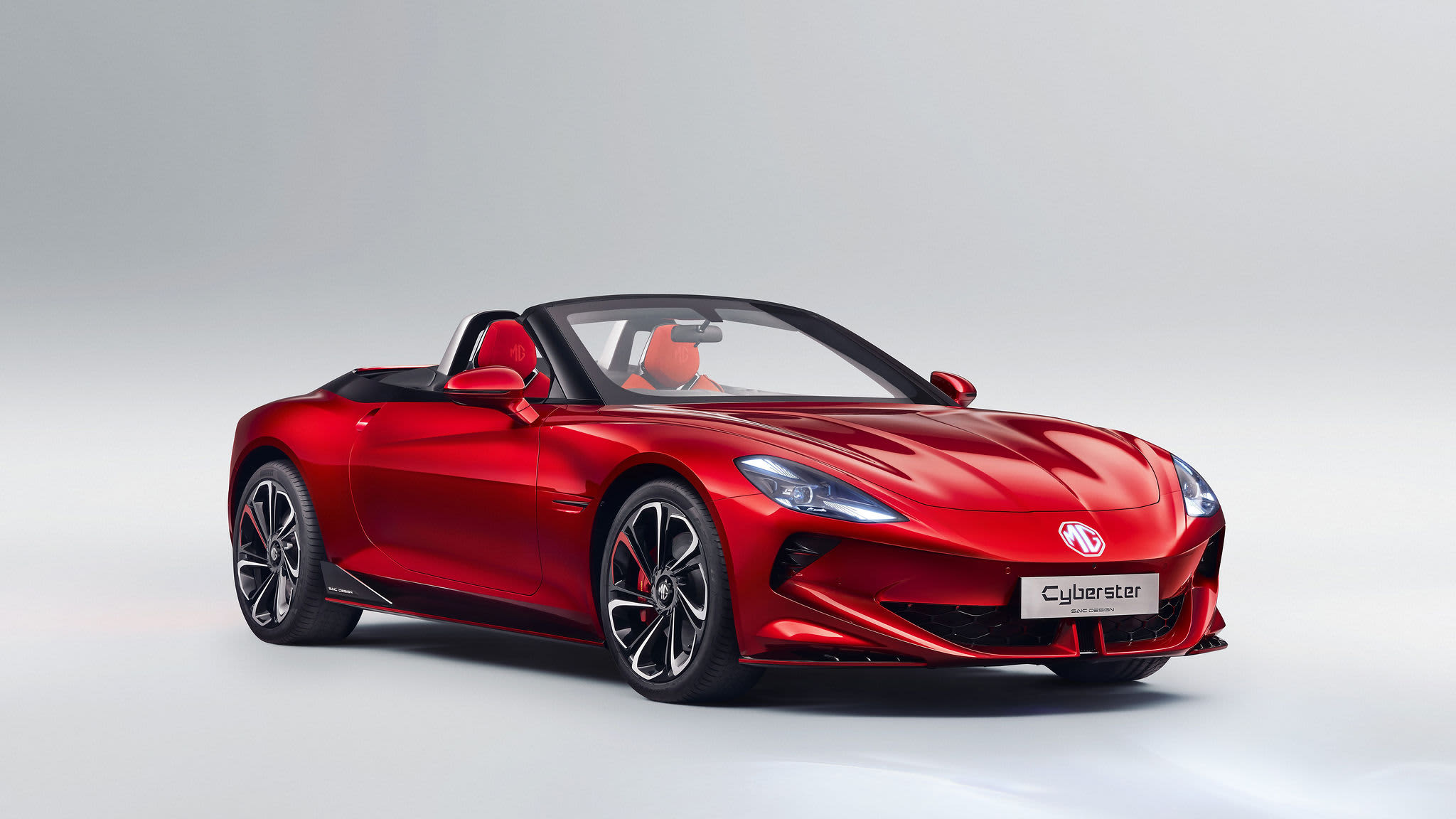
MG
Israel-based Mobileye and Canadian parts supplier Magna International demonstrated their technology for automated driving. Massachusetts-based Nodar revealed its stereo cameras’ ability to see objects in the road at great distances. New York-based J.P. Morgan Chase’s offering was an all-in-one plan for mobility payments—loans, car subscriptions, parking, tolling, and electric vehicle charging. It debuts later this year. And SAE, the standards agency, announced a move into Europe and work on a Battery Passport that will trace the origins of minerals used in their production. “Just as we don’t want blood diamonds, we don’t want blood batteries,” said Fabian Koark, chief operating officer of SAE Europe.
 Copyright 2020, Dow Jones & Company, Inc. All Rights Reserved Worldwide. LEARN MORE
Copyright 2020, Dow Jones & Company, Inc. All Rights Reserved Worldwide. LEARN MORE
This stylish family home combines a classic palette and finishes with a flexible floorplan
Just 55 minutes from Sydney, make this your creative getaway located in the majestic Hawkesbury region.
As Paris makes its final preparations for the Olympic games, its residents are busy with their own—packing their suitcases, confirming their reservations, and getting out of town.
Worried about the hordes of crowds and overall chaos the Olympics could bring, Parisians are fleeing the city in droves and inundating resort cities around the country. Hotels and holiday rentals in some of France’s most popular vacation destinations—from the French Riviera in the south to the beaches of Normandy in the north—say they are expecting massive crowds this year in advance of the Olympics. The games will run from July 26-Aug. 1.
“It’s already a major holiday season for us, and beyond that, we have the Olympics,” says Stéphane Personeni, general manager of the Lily of the Valley hotel in Saint Tropez. “People began booking early this year.”
Personeni’s hotel typically has no issues filling its rooms each summer—by May of each year, the luxury hotel typically finds itself completely booked out for the months of July and August. But this year, the 53-room hotel began filling up for summer reservations in February.
“We told our regular guests that everything—hotels, apartments, villas—are going to be hard to find this summer,” Personeni says. His neighbours around Saint Tropez say they’re similarly booked up.
As of March, the online marketplace Gens de Confiance (“Trusted People”), saw a 50% increase in reservations from Parisians seeking vacation rentals outside the capital during the Olympics.
Already, August is a popular vacation time for the French. With a minimum of five weeks of vacation mandated by law, many decide to take the entire month off, renting out villas in beachside destinations for longer periods.
But beyond the typical August travel, the Olympics are having a real impact, says Bertille Marchal, a spokesperson for Gens de Confiance.
“We’ve seen nearly three times more reservations for the dates of the Olympics than the following two weeks,” Marchal says. “The increase is definitely linked to the Olympic Games.”

Getty Images
According to the site, the most sought-out vacation destinations are Morbihan and Loire-Atlantique, a seaside region in the northwest; le Var, a coastal area within the southeast of France along the Côte d’Azur; and the island of Corsica in the Mediterranean.
Meanwhile, the Olympics haven’t necessarily been a boon to foreign tourism in the country. Many tourists who might have otherwise come to France are avoiding it this year in favour of other European capitals. In Paris, demand for stays at high-end hotels has collapsed, with bookings down 50% in July compared to last year, according to UMIH Prestige, which represents hotels charging at least €800 ($865) a night for rooms.
Earlier this year, high-end restaurants and concierges said the Olympics might even be an opportunity to score a hard-get-seat at the city’s fine dining.
In the Occitanie region in southwest France, the overall number of reservations this summer hasn’t changed much from last year, says Vincent Gare, president of the regional tourism committee there.
“But looking further at the numbers, we do see an increase in the clientele coming from the Paris region,” Gare told Le Figaro, noting that the increase in reservations has fallen directly on the dates of the Olympic games.
Michel Barré, a retiree living in Paris’s Le Marais neighbourhood, is one of those opting for the beach rather than the opening ceremony. In January, he booked a stay in Normandy for two weeks.
“Even though it’s a major European capital, Paris is still a small city—it’s a massive effort to host all of these events,” Barré says. “The Olympics are going to be a mess.”
More than anything, he just wants some calm after an event-filled summer in Paris, which just before the Olympics experienced the drama of a snap election called by Macron.
“It’s been a hectic summer here,” he says.

AFP via Getty Images
Parisians—Barré included—feel that the city, by over-catering to its tourists, is driving out many residents.
Parts of the Seine—usually one of the most popular summertime hangout spots —have been closed off for weeks as the city installs bleachers and Olympics signage. In certain neighbourhoods, residents will need to scan a QR code with police to access their own apartments. And from the Olympics to Sept. 8, Paris is nearly doubling the price of transit tickets from €2.15 to €4 per ride.
The city’s clear willingness to capitalise on its tourists has motivated some residents to do the same. In March, the number of active Airbnb listings in Paris reached an all-time high as hosts rushed to list their apartments. Listings grew 40% from the same time last year, according to the company.
With their regular clients taking off, Parisian restaurants and merchants are complaining that business is down.
“Are there any Parisians left in Paris?” Alaine Fontaine, president of the restaurant industry association, told the radio station Franceinfo on Sunday. “For the last three weeks, there haven’t been any here.”
Still, for all the talk of those leaving, there are plenty who have decided to stick around.
Jay Swanson, an American expat and YouTuber, can’t imagine leaving during the Olympics—he secured his tickets to see ping pong and volleyball last year. He’s also less concerned about the crowds and road closures than others, having just put together a series of videos explaining how to navigate Paris during the games.
“It’s been 100 years since the Games came to Paris; when else will we get a chance to host the world like this?” Swanson says. “So many Parisians are leaving and tourism is down, so not only will it be quiet but the only people left will be here for a party.”
This stylish family home combines a classic palette and finishes with a flexible floorplan
Just 55 minutes from Sydney, make this your creative getaway located in the majestic Hawkesbury region.









